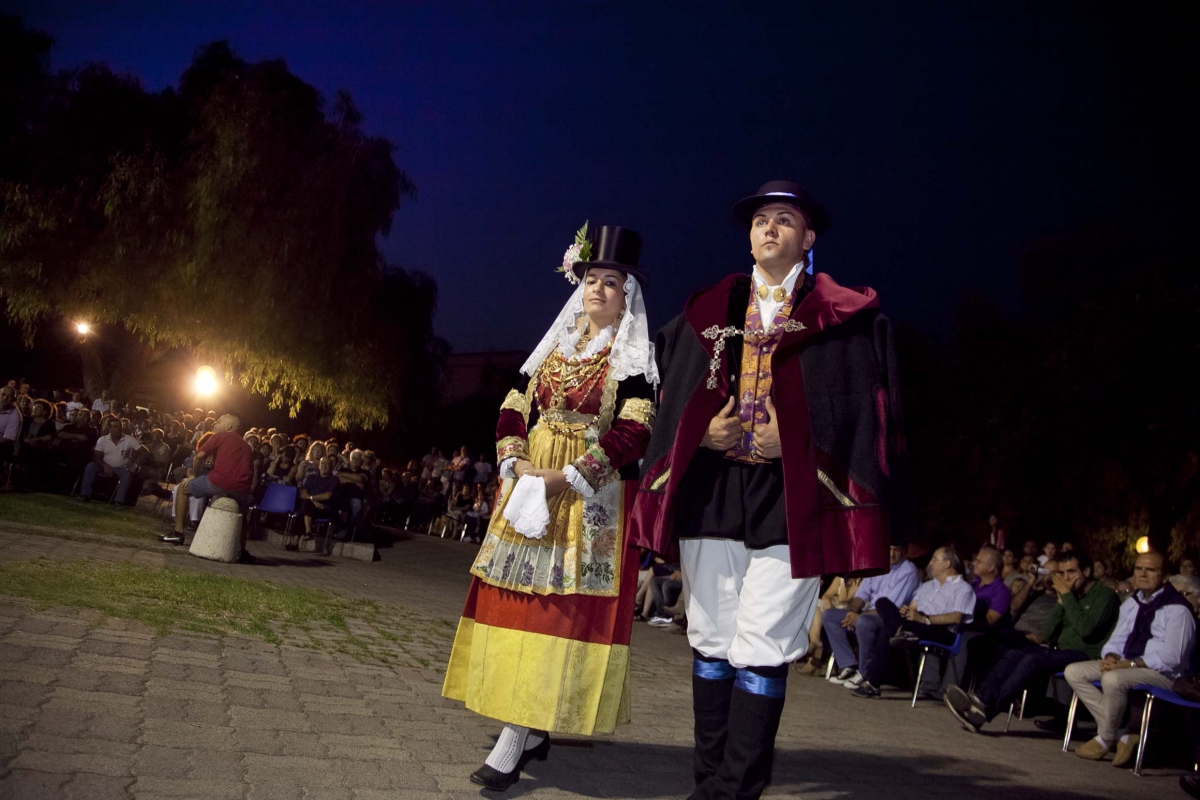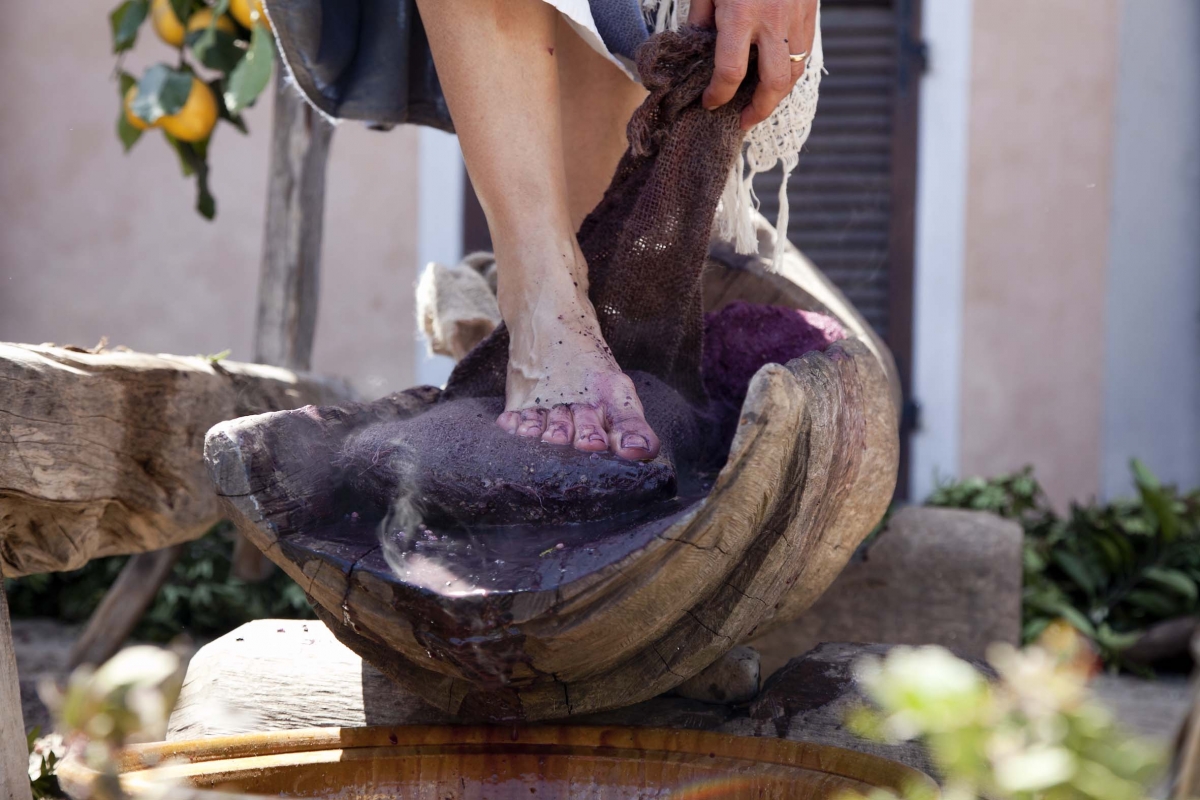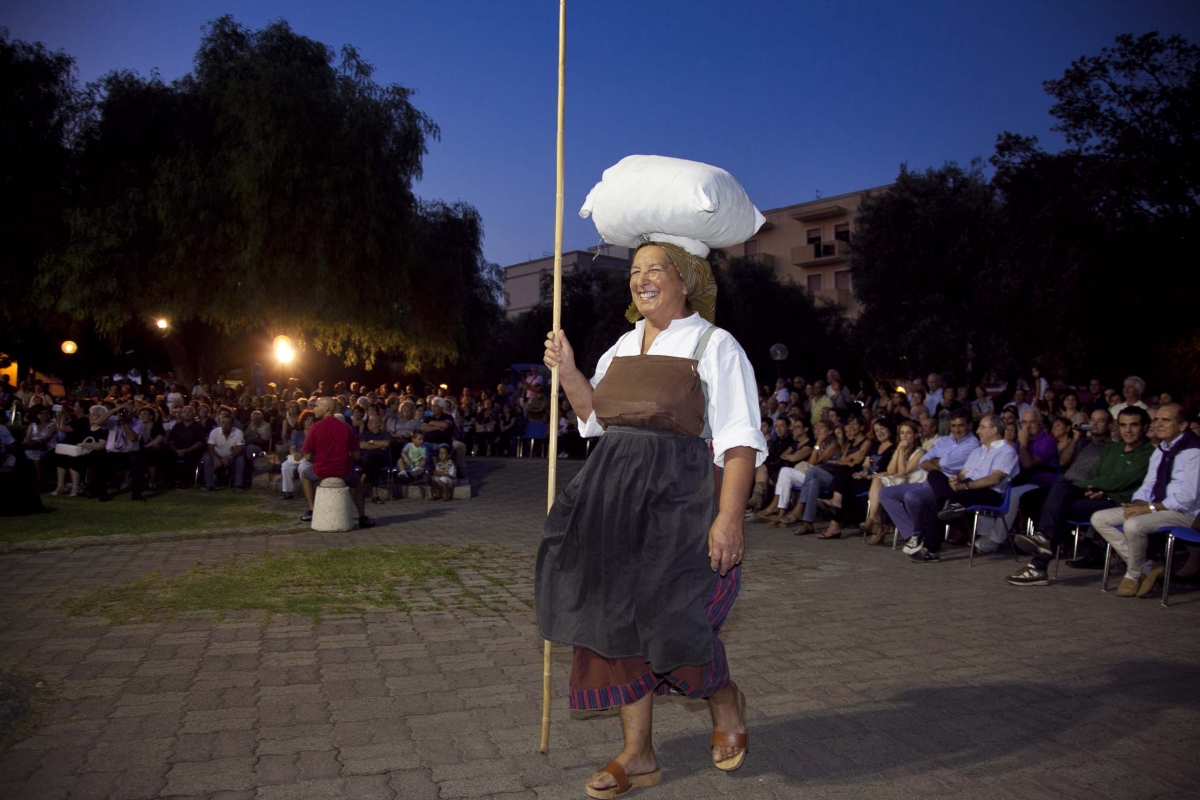- Home
- news
- events and festivals
- sant'elena imperatrice festival
Sant'Elena Imperatrice Festival
On September 14, the city of Quartu celebrates its patron saint, Sant’Elena Imperatrice, with religious and folkloristic celebrations and a rich calendar of collateral events that last throughout the week around this date.
This date does not correspond to the day dedicated to the saint (which occurs here on May 21, as per the Orthodox calendar), but to the Christian anniversary of the 'Exaltation (or Triumph) of the Holy Cross', the date on which the city takes its name, in 1826, adding 'Sant'Elena' to the original name 'Quarto' (which later became 'Quartu' in 1862).
Flavia Giulia Elena, Greek from Bithynia - on the Gulf of Nicomedia, wife (perhaps only 'de facto') of Constantius Chlorus and mother of Constantine who named her 'august' (empress) in 324 AD. The Christian tradition traces the discovery of the 'true' cross of Christ to her (on the occasion of the trip to the eastern provinces following her departure from Rome at the behest of Constantine, cited by Eusebius of Caesarea as a 'pilgrimage to the Holy Land') and the construction of the Basilica of the Holy Sepulcher in Jerusalem.
In fact, the basilica dedicated to her to Quartu preserves the relic of a fragment of the Cross.
The religious celebrations (prayers, penitential liturgies, masses) that precede the feast in the first days, culminate with the procession of the saint, welcomed with a picket of honor and followed by the procession of religious congregations that parade behind their banners, folkloristic groups in costume traditional, the marching band, and all the people in tow.
The procession runs through all the main streets of the historic city and returns to the basilica, where the blessing of the relic of the 'lignum crucis' of Christ is celebrated. The next morning, the solemn Mass and the entrustment of the city to the patron saint.
Greetings from the parish priest, the mayor and the president of the organizing committee open the celebrations, which include the 'grape festival', the bread and dessert exhibition of Quartese, the market exhibitions of typical cuisine and crafts.
In fact, in parallel to the religious ones, rural ritual celebrations also take place: the grape festival, with the gathering and the parade and de 'Is traccas' (agricultural wagons and traditional buggies), farmers in work clothes who distribute grapes to passers-by from above their agricultural vehicles, and folkloristic groups gathered from other Sardinian villages, all headed to the square for the blessing of the participants.
And the festival becomes a celebration of the fields and crops, and continues with traditional songs and dances, and with the 'cantos a tenores', the dialect poetic competitions. The courtyards of historic houses open up, with an exhibition of baskets of grapes and other typical products. The ovens display in the windows 'su pani pintau' the bread carved in artistic forms, in a competition of artisan 'virtuosity'. The most beautiful is rewarded.
And the workshops of the ancient Quartese desserts proudly display their 'candelabus, pirichittus, pastissus, gueffus, meringas, gattò ...' the charm of the local pastry tradition.
'Sa Dom'e farra', the traditional house-museum in Piazza del Comune, opens to visitors. And in addition, here and there in the streets of the center, personal exhibitions of artists hosted in suggestive rooms, the works of school students prepared for the occasion, book presentations, demonstration workshops of crafts and market exhibitions, tastings in music in characteristic settings.
Rows of stalls distributed along the streets of the center offer nougat, crunchy, glazed almonds for the older ones, candies, lollipops and licorice, cotton candy and a thousand other delicacies, for the delight of children. The streets are filled with cheerful and noisy people, swarming, strolling, and stopping here and there to buy or gather.
Concerts of classical music and choir in the squares alternate on the calendar with those of the masters of 'launeddas', performances by youth musical groups, theater performances 'in limba' by amateur associations. There is never a lack of an evening concert in Piazza Sant’Elena, with the participation of personalities from national pop music, hired by the organizing committee.
Lotteries, entertainment for children and basketball and football sports tournaments, cross-country races and cycling competitions complete the picture of the celebrations to please everyone.
And the fireworks bring the celebrations to a close, usually launched at 10pm on the last evening.
(Editor: Raffaella Deiana)





















